The wood mouse is a very common species of rodent in the UK, with a 2018 population estimate of 39,600,000, and can eat a wide variety of foods, including fungi, berries, seeds, nuts and insects.
Wood mice have a short lifespan living for an average of one year, and it is rare for adults to survive from one summer to the next.
Learn more about the wood mouse, including how to identify and species facts in our expert guide by the Mammal Society.
What is the scientific name of the wood mouse?
The scientific name of the wood mouse, also referred to as the field mouse or long-tailed field mouse, is Apodemus sylvaticus.
Where are wood mice found?
Wood mice are found throughout mainland Britain and Northern Ireland, as well as on many islands including Anglesey, Isle of Man, Isle of Wight and the Channel Islands. They are also found throughout Europe and in northern Africa.

How many wood mice are there in the UK?
The wood mouse is one of the most abundant mammals in the UK. In the Mammal Society’s Review of the Population and Conservation Status of British Mammals published in 2018, the population of wood mice was estimated to be 39,600,000 but that this number could be as high as 64,300,000 or as low as 20,400,000.
What do wood mice eat?
Wood mice eat nuts, seeds, insects and green plant material. In mixed deciduous woodland they like acorns, ash and sycamore seeds in the winter, buds in the spring, caterpillars, worms and centipedes in early summer and blackberries and fungi in autumn.
You may find their food remains in abandoned bird nests on tree stumps and in sheltered feeding places between roots of trees or under ledges. They tend to leave the flesh of fruit and eat the pips.
Because they can survive on a very wide range of foods, wood mice — particularly males —are often the last mammal species that remain when habitats are degraded.
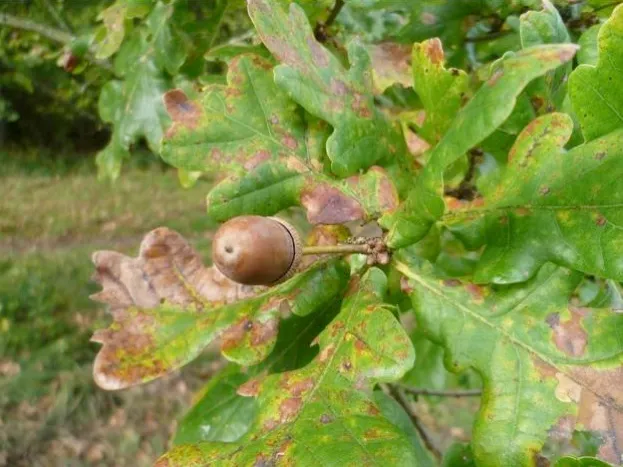
What are wood mice related to?
In the UK the wood mouse is most related to the yellow-necked mouse and they both belong to the same genus Apodemus. The yellow-necked mouse’s scientific name is Apodemus flavicollis.
The genus Apodemus belongs to the rodent Family Muridae. In Britain, there are six murid species, as well as the wood mouse there is:
- Yellow-necked mouse (Apodemus flavicollis)
- House mouse (Mus musculus)
- Harvest mouse (Micromys minutus)
- Brown rat (Rattus norvegicus)
- Black rat (Rattus rattus)
How to tell the difference between wood mice and other mice
The wood mouse is most often confused with the yellow-necked mouse. Both have dark brown fur on top with white underneath with prominent eyes and ears. The best way to tell them apart is by the amount of yellow-coloured fur near the throat.
The yellow-necked mouse, as the name suggests, will have a yellow collar that reaches all the way from the brown on one shoulder to the brown on the other. Although the wood mouse might have a yellow patch, it will not reach all the way around as seen in the yellow-necked mouse.

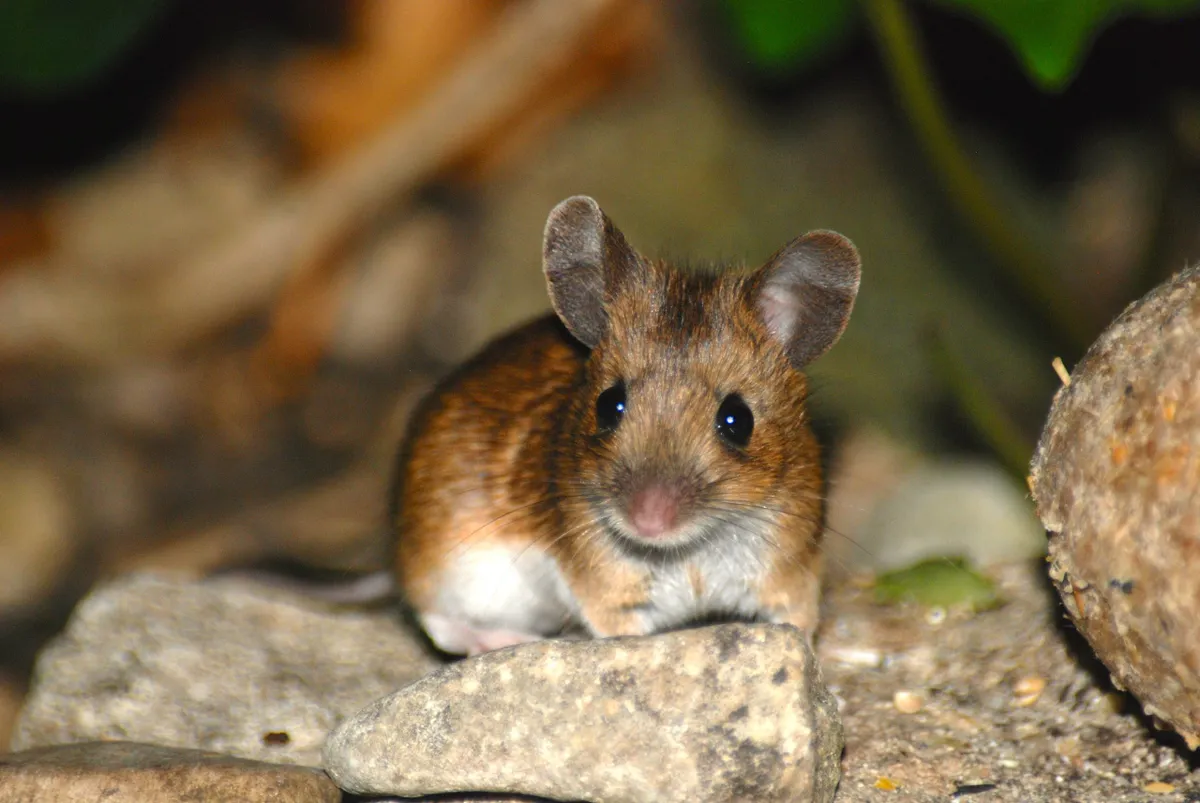
A harvest mouse is much smaller, lighter coloured and has less prominent ears, usually covered with fur and the house mouse is usually grey/brown all over without the paler fur underneath.
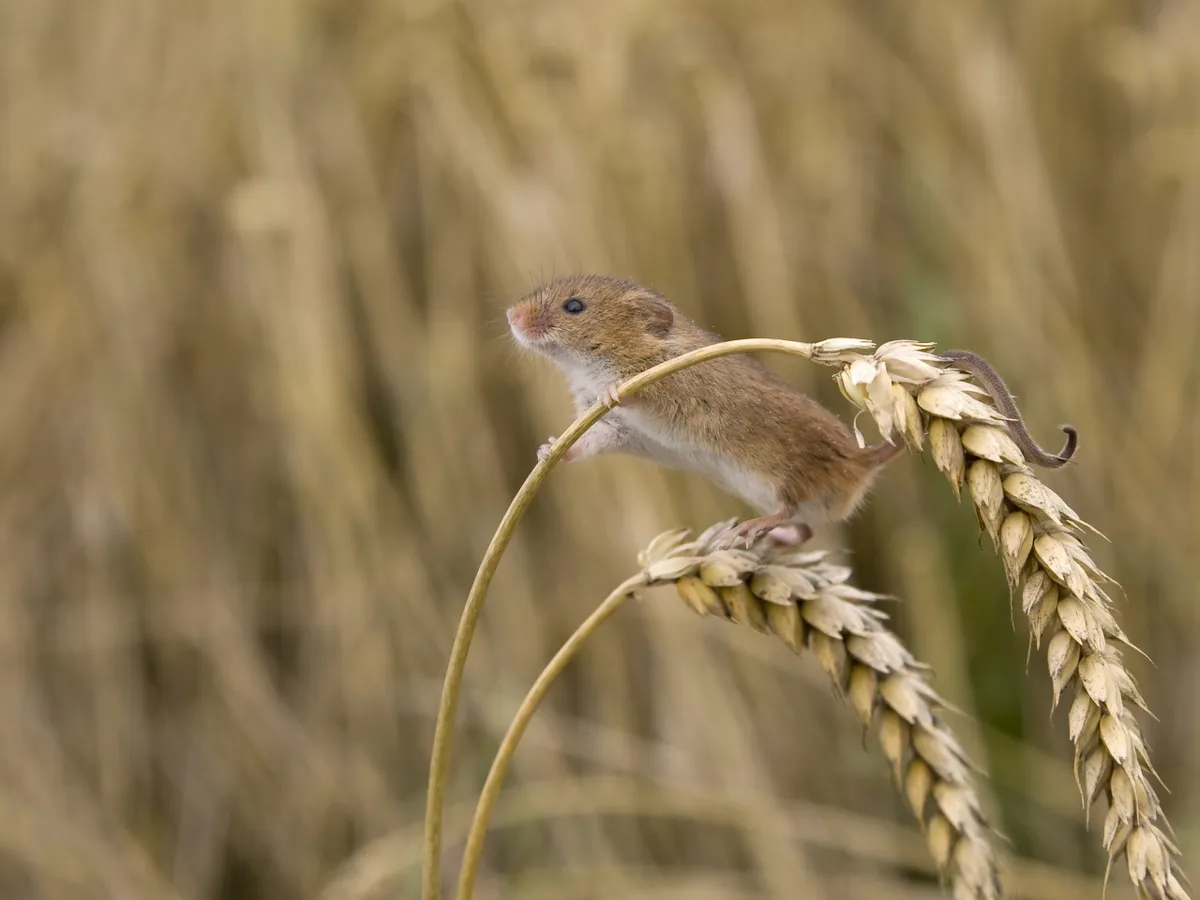

The traditional name for the field vole is the ‘short-tailed field mouse’. However, the vole is not closely related to mice at all, so the name is rather confusing. And despite their name, wood mice are found in a very wide range of habitats, including field, gardens and hedgerows, not just woods!
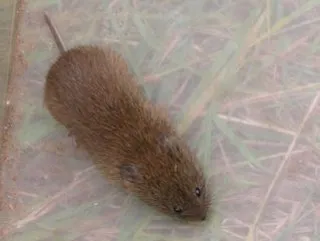
What eats wood mice?
The wood mouse is an important prey species for many birds and mammals including foxes, weasels, domestic cats and owls. They are particularly important prey for tawny owls.
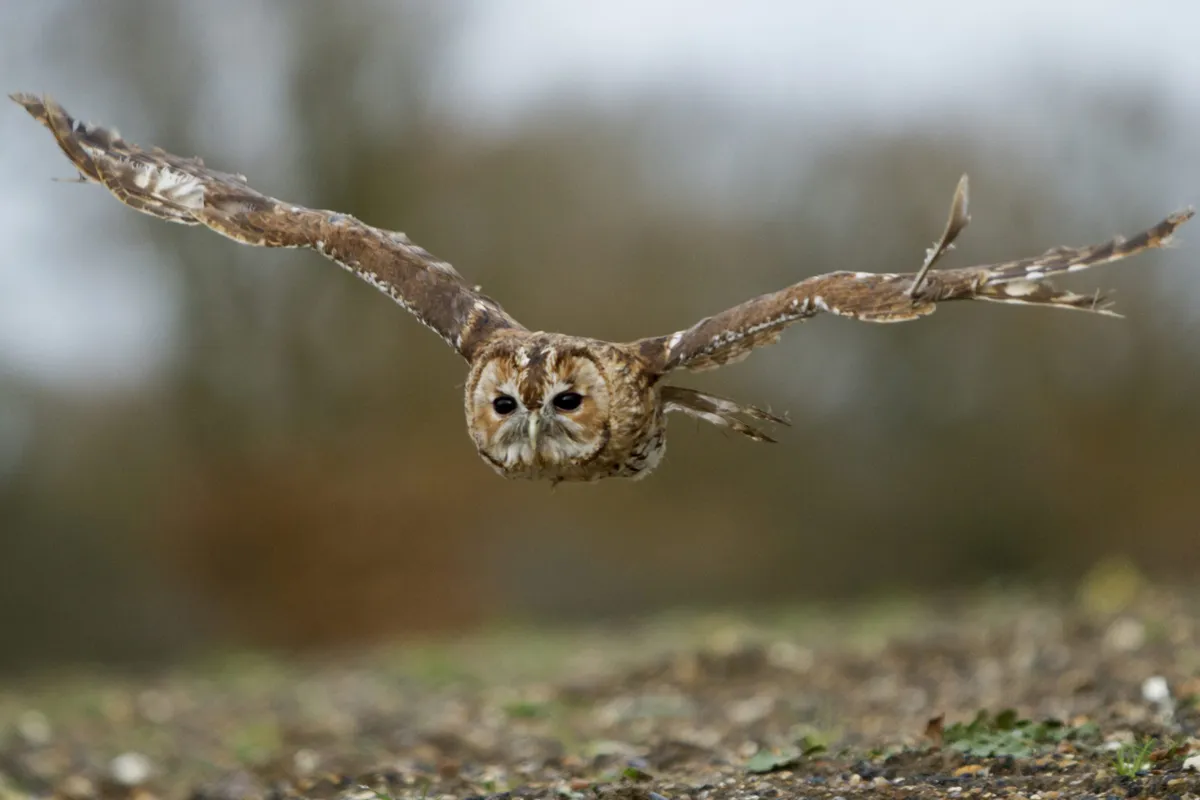
How do wood mice escape predators?
The skin on the tail of a wood mouse (and also a yellow-necked mouse) can come off as a last resort mechanism for escaping a predator. This is why you should never pick a wood mouse up by the tail.
Where do wood mice live?
Wood mice can be found in most habitats including woodlands hedgerows, gardens, grasslands, blanket bog, sand dunes and arable land.

Do wood mice hibernate?
Wood mice do not hibernate but remain active over winter, this is a time when both sexes disperse. Winter is also when communal nesting of both sexes will occur. Breeding may even continue over winter if there is a good food supply.
How many babies does a wood mouse give birth to?
A female wood mouse will give birth to litters of 4-7 young in successive pregnancies from around March to October however Autumn litters are often smaller. Young are weaned at between 18 and 22 days old when they weigh 6-8 grams. One litter can contain mice of different fathers and only the female looks after them.
What are baby mice called?
Baby mice can be called pups and also pinkies.
How long do wood mice live for?
Wood mice have a short lifespan living for an average of one year. It is rare for adults to survive from one summer to the next.
What makes the wood mouse unique?
Wood mice will distribute small, obvious, objects such as leaves or twigs while moving to help with spatial navigation while on explorations. This may prevent the loss of an ‘interesting’ location. No other mammal, aside from humans, has been found to do this (Stopka and Macdonald, 2003: Way-marking behaviour: an aid to spatial navigation in the wood mouse (Apodemus sylvaticus): BMC Ecology)
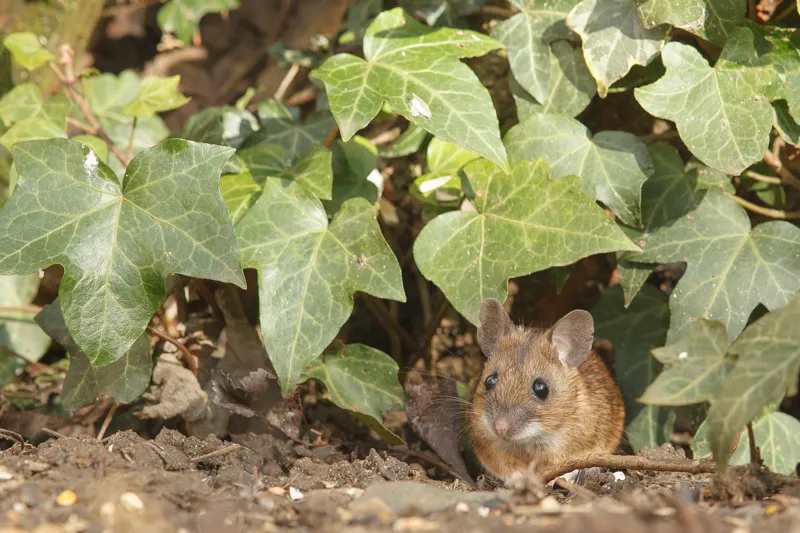
Sexual adaptation of male wood mice sperm
In the wood mouse, sperm are able to form chains of hundreds in order to make ‘super-sperm’ that swim faster through the female’s reproductive tract. Brown rats, Rattus norvegicus, are also reported to be able to do this.
Do wood mice groom each other?
Yes, wood mice do groom one another. It is more common for males to groom females rather than the other way around and it is thought this has reproductive benefits and males can gain information about a females’ reproductive state.
Established in 1954, the Mammal Society is a charity that promotes science-led mammal conservation to preserve these charismatic species for future generations. As the only society focused on all of Britain's mammals, it works to identify effective conservation strategies and to provide scientific evidence to determine policy and practice.
Main image: Wood mouse and blackberries. © Roy Rimmer/Mammal Society
